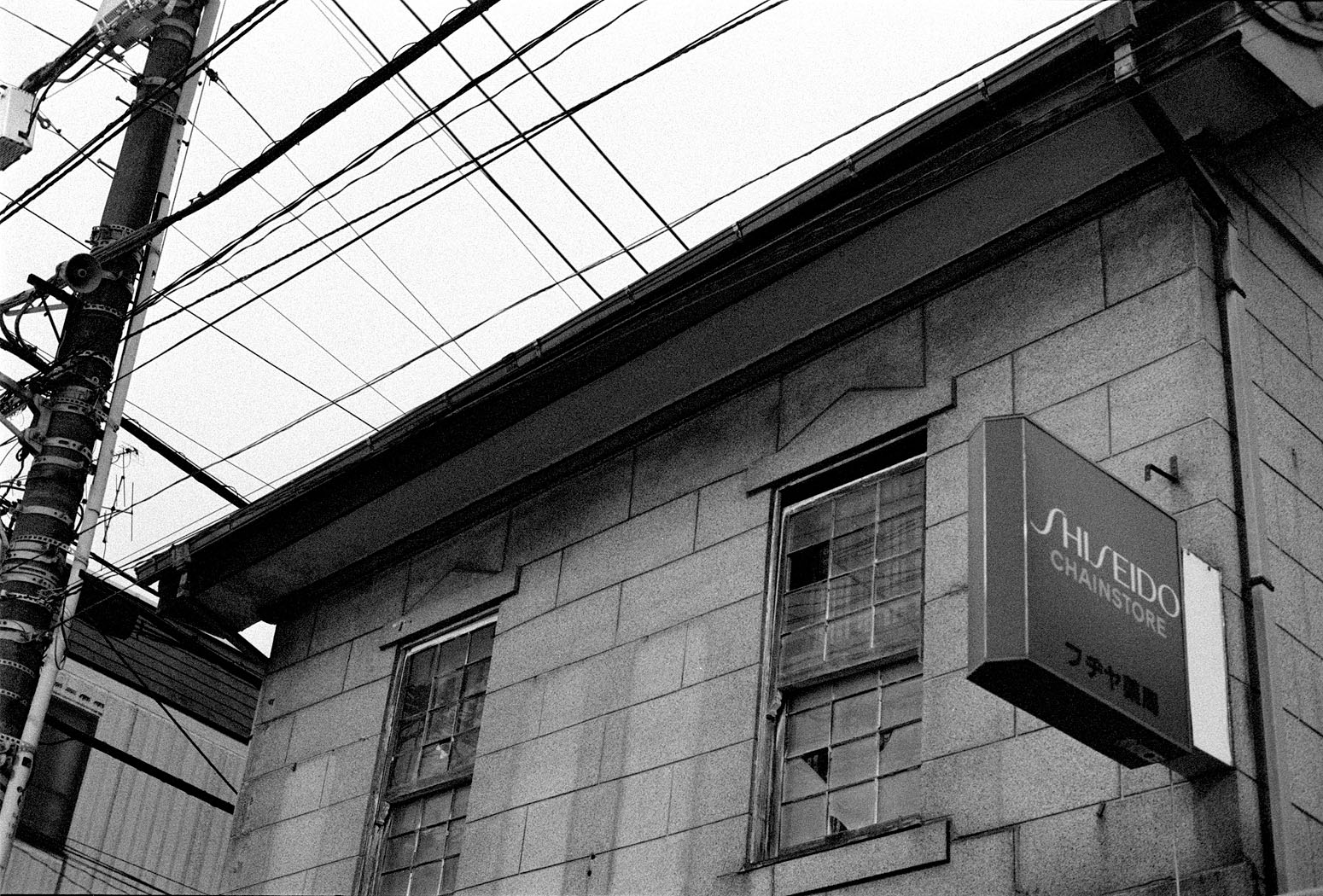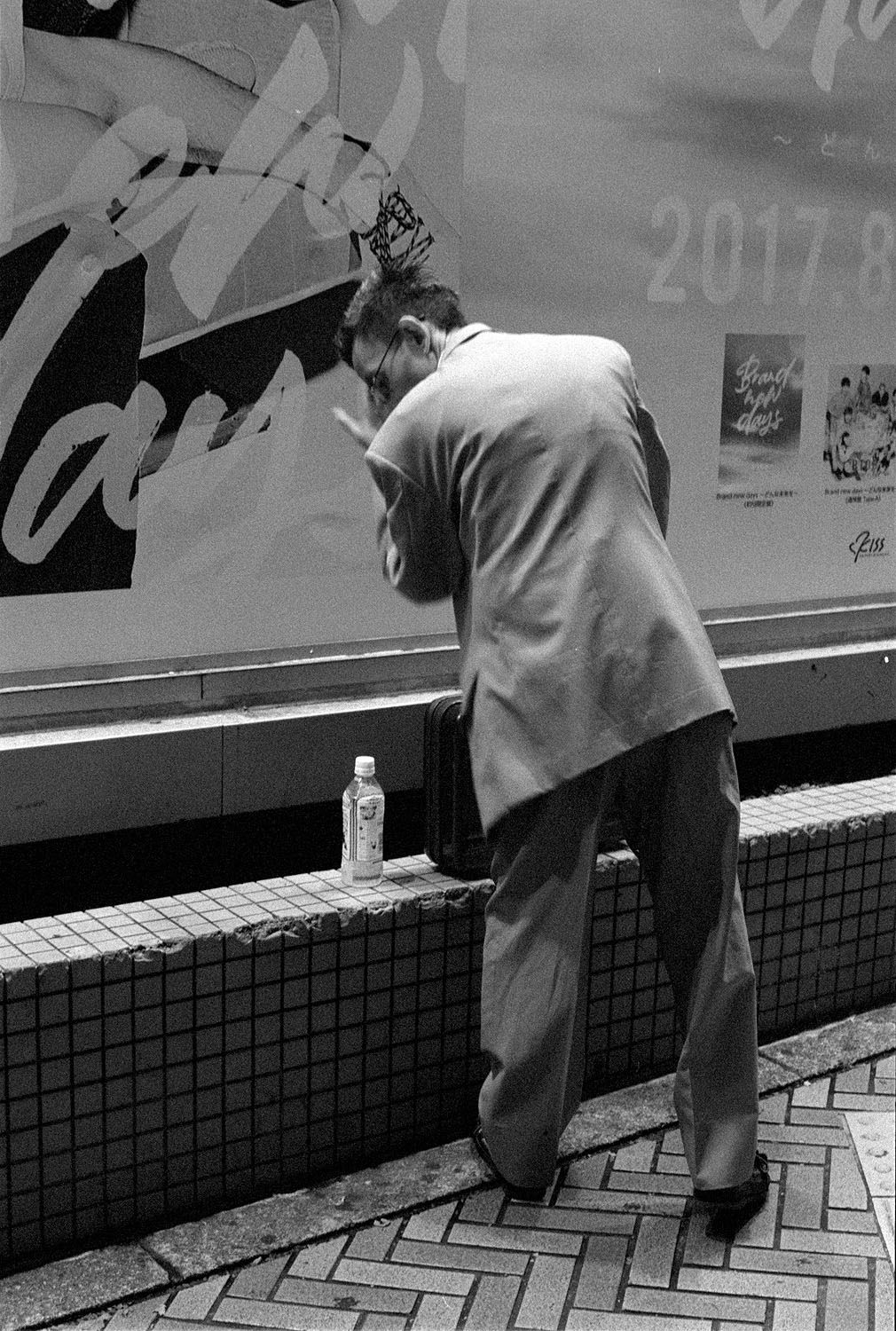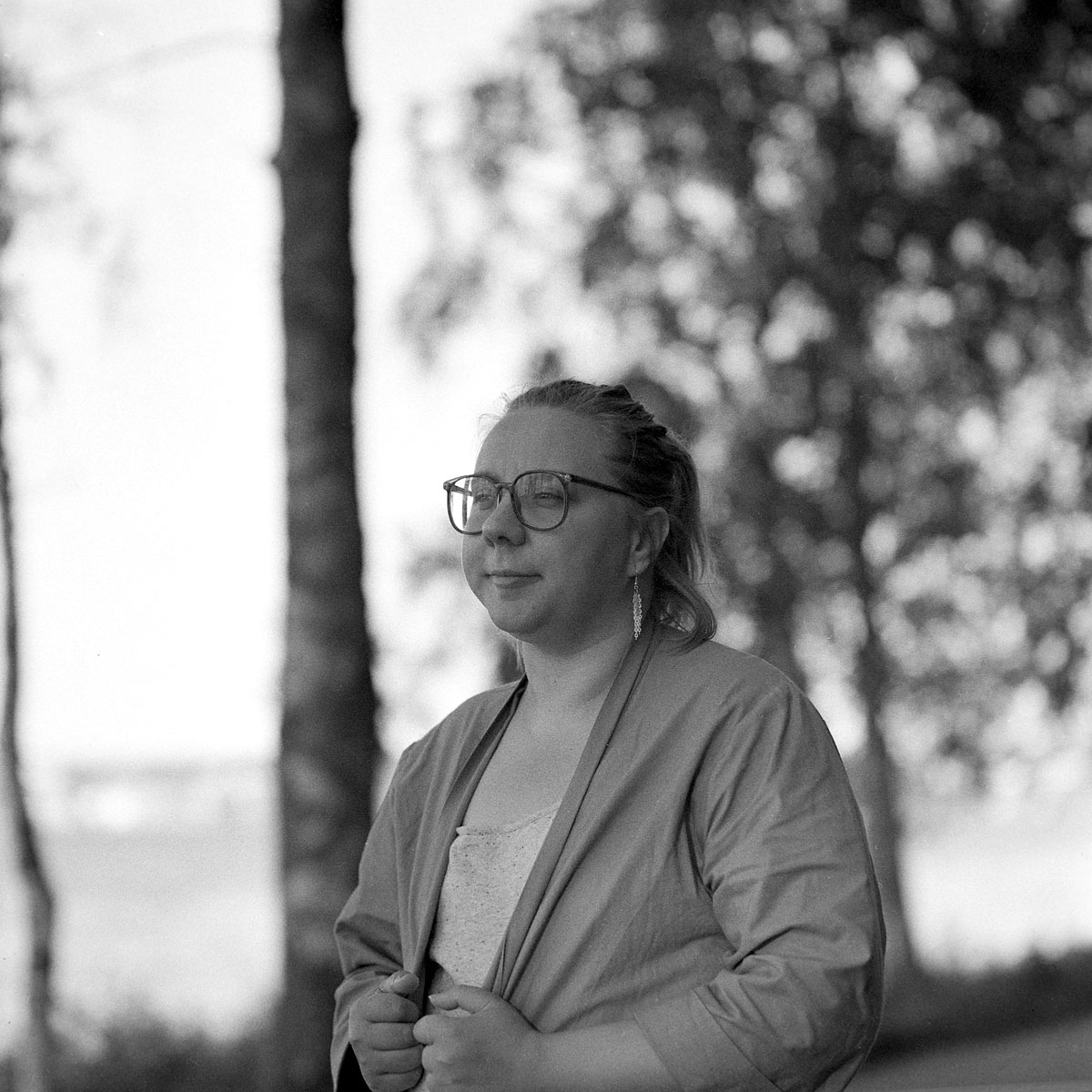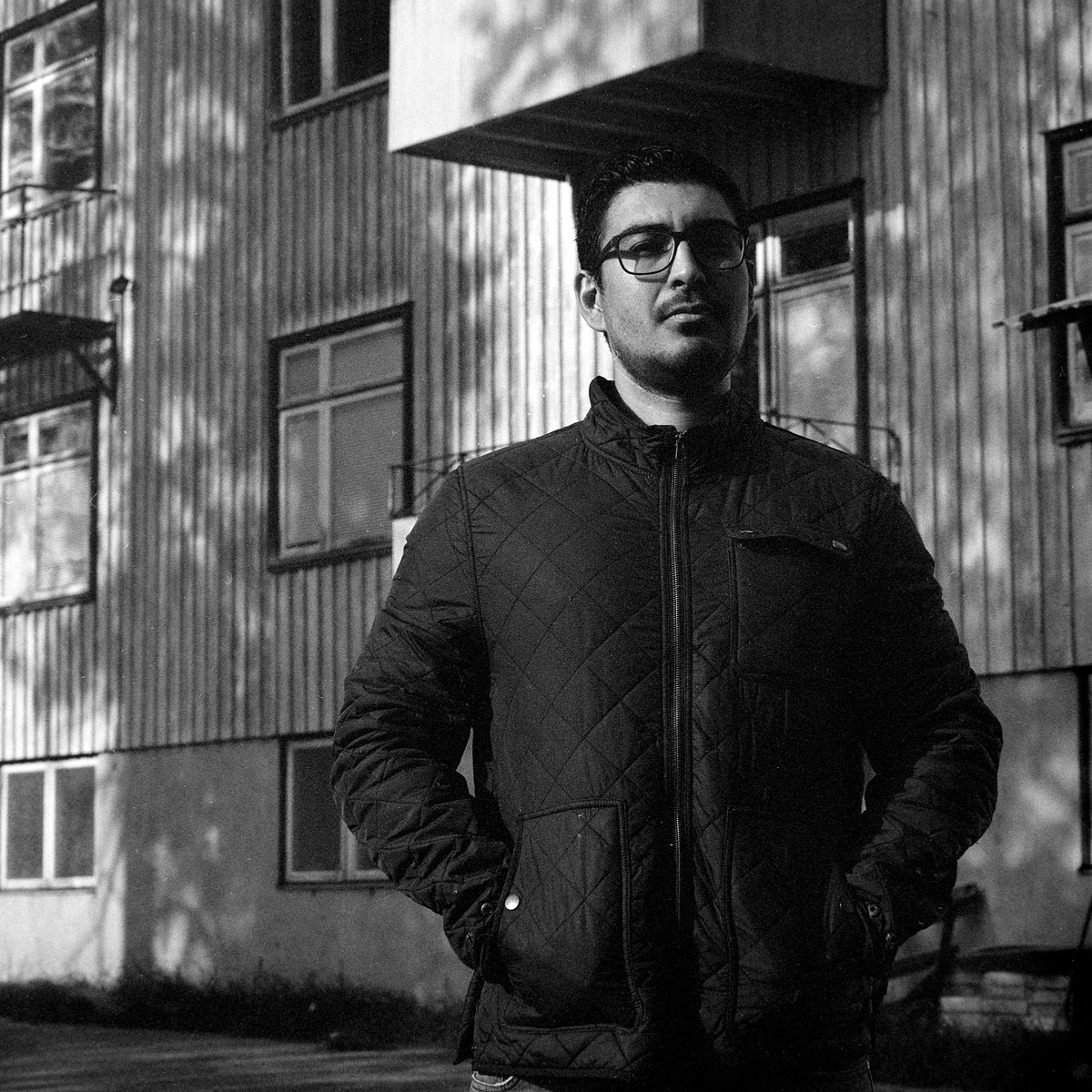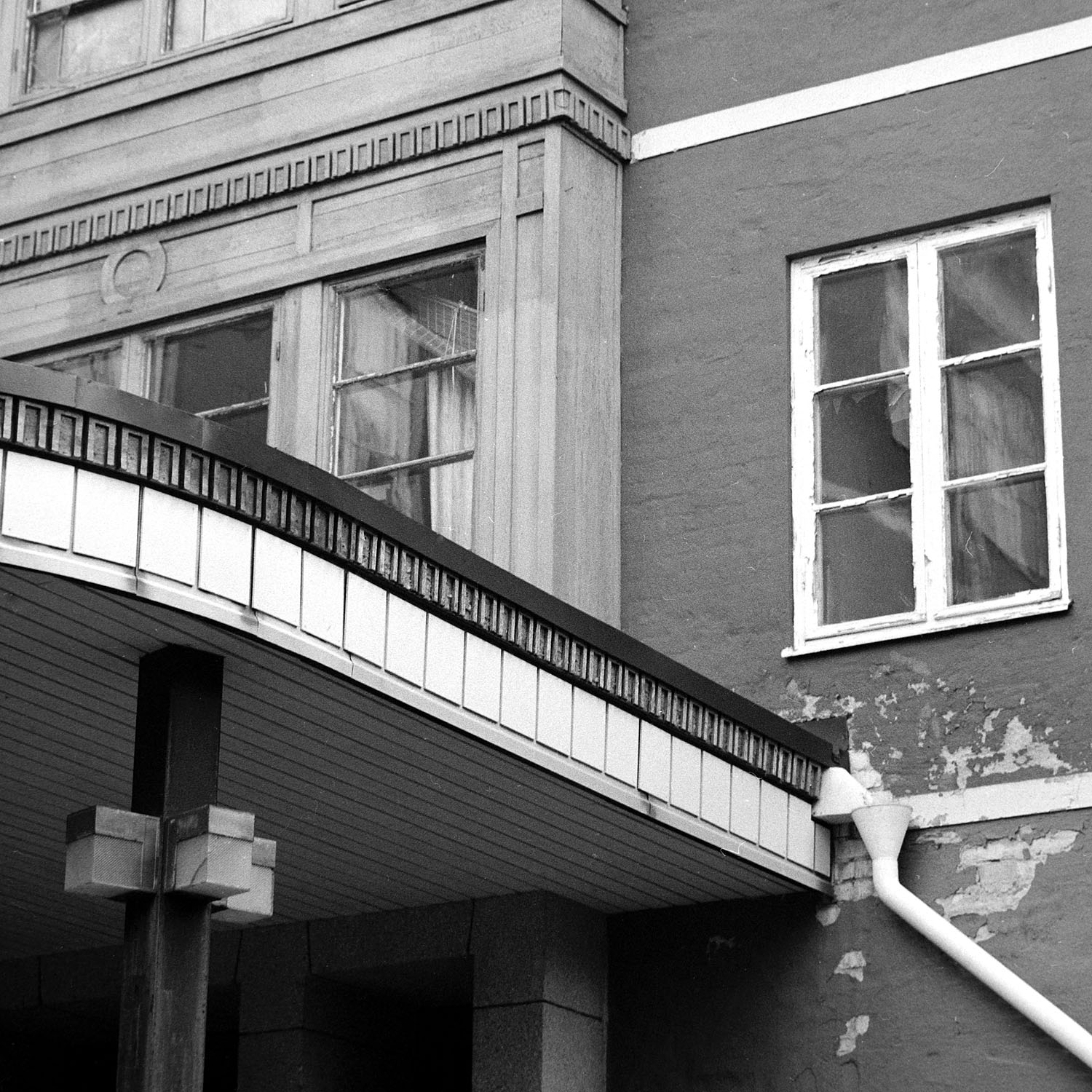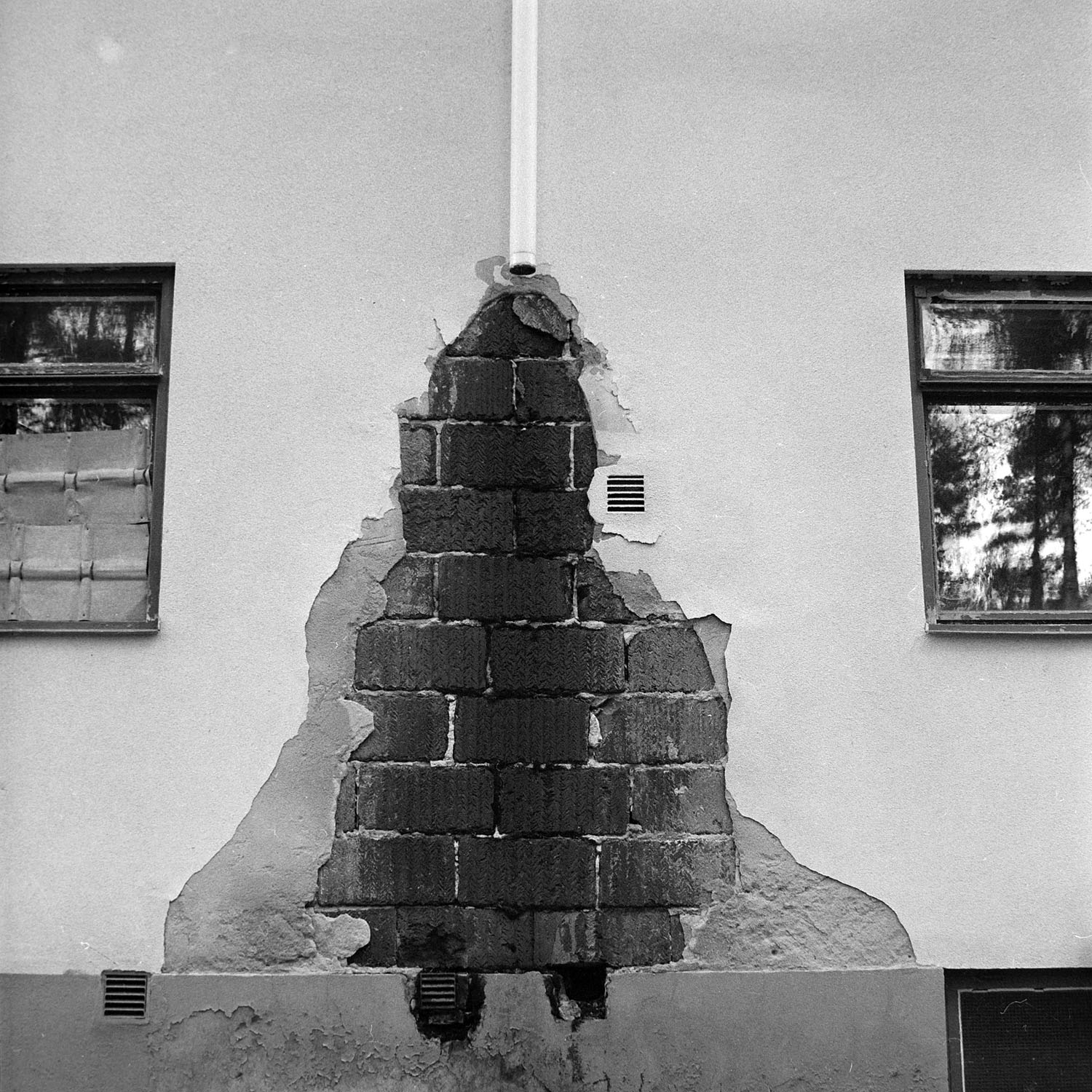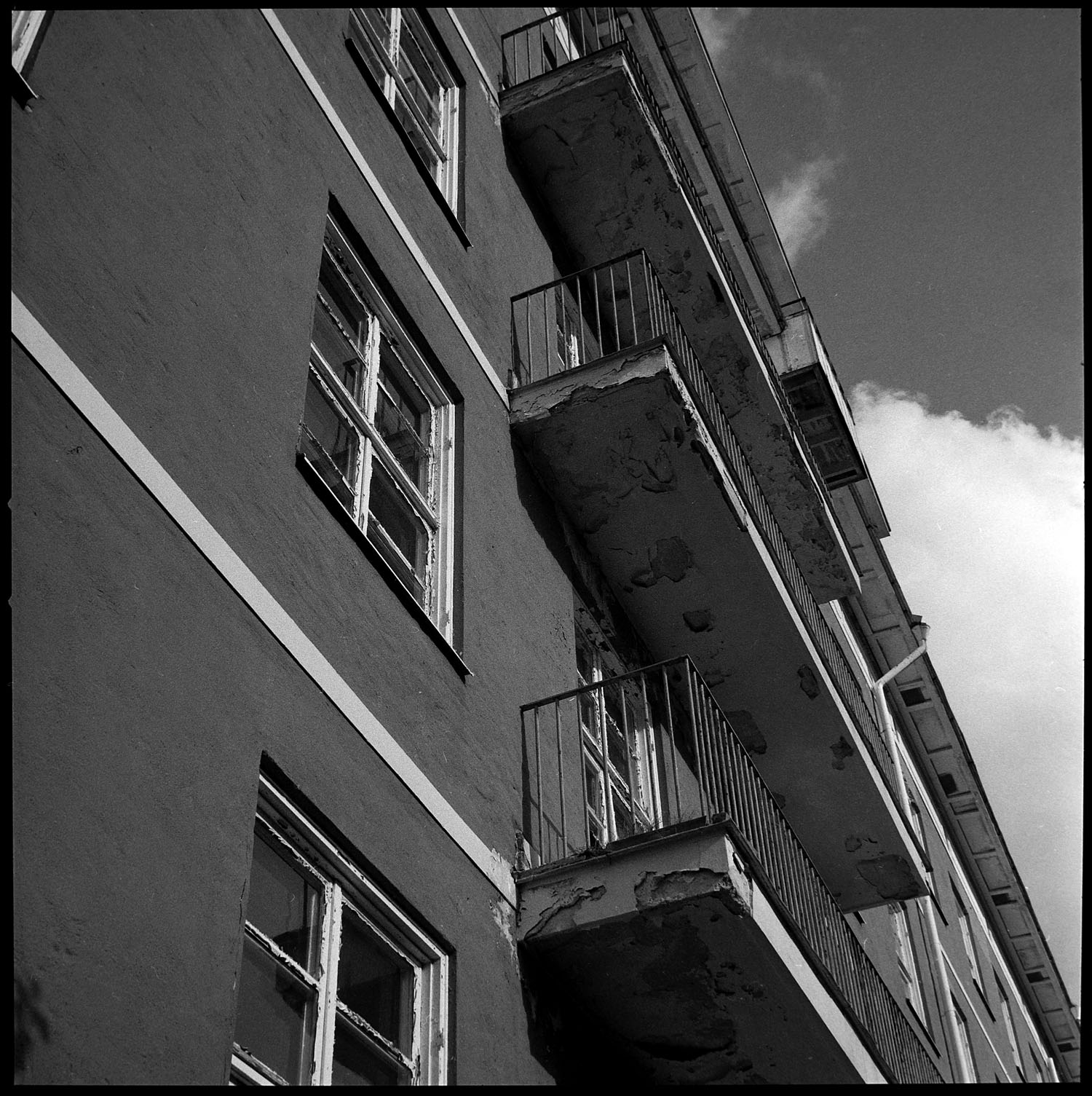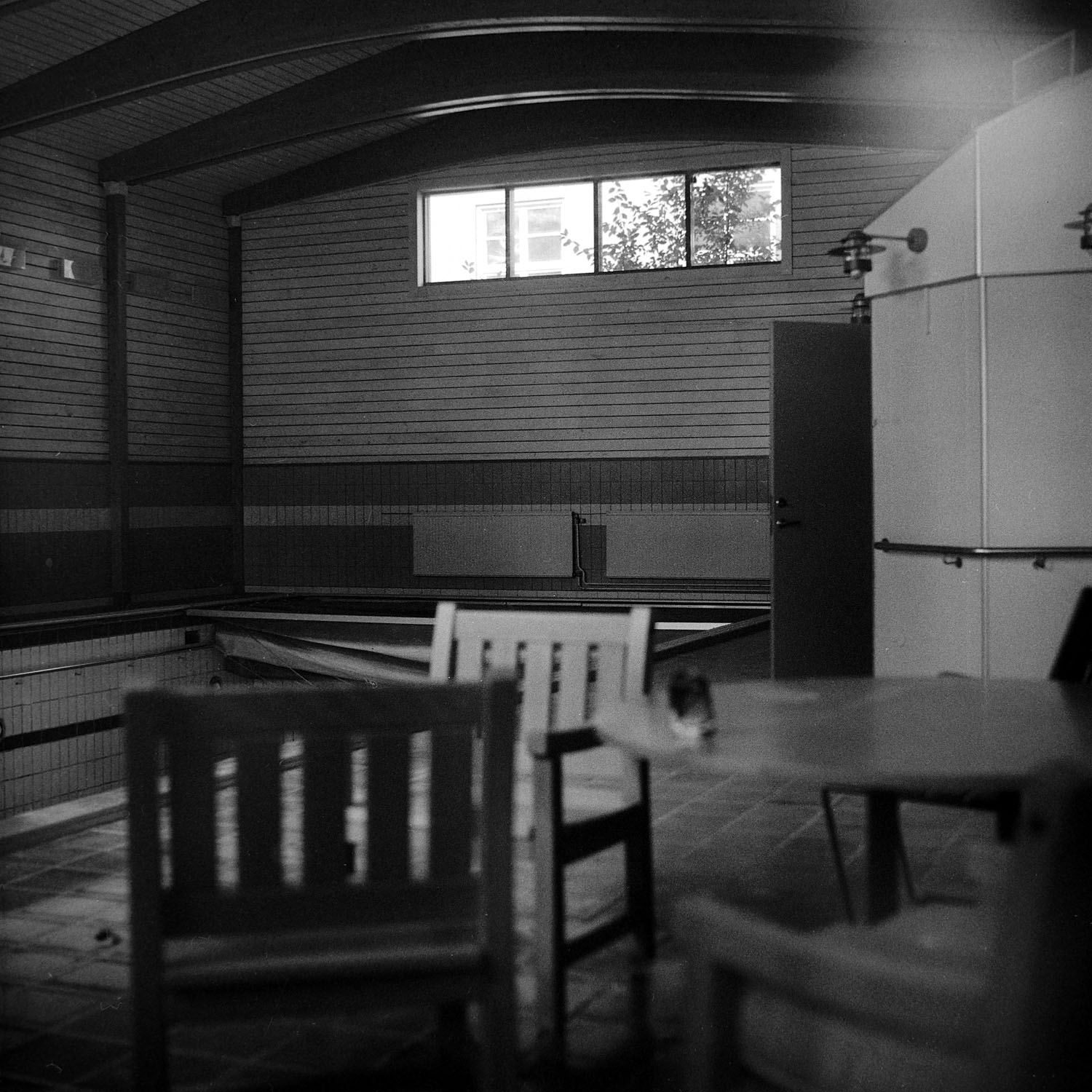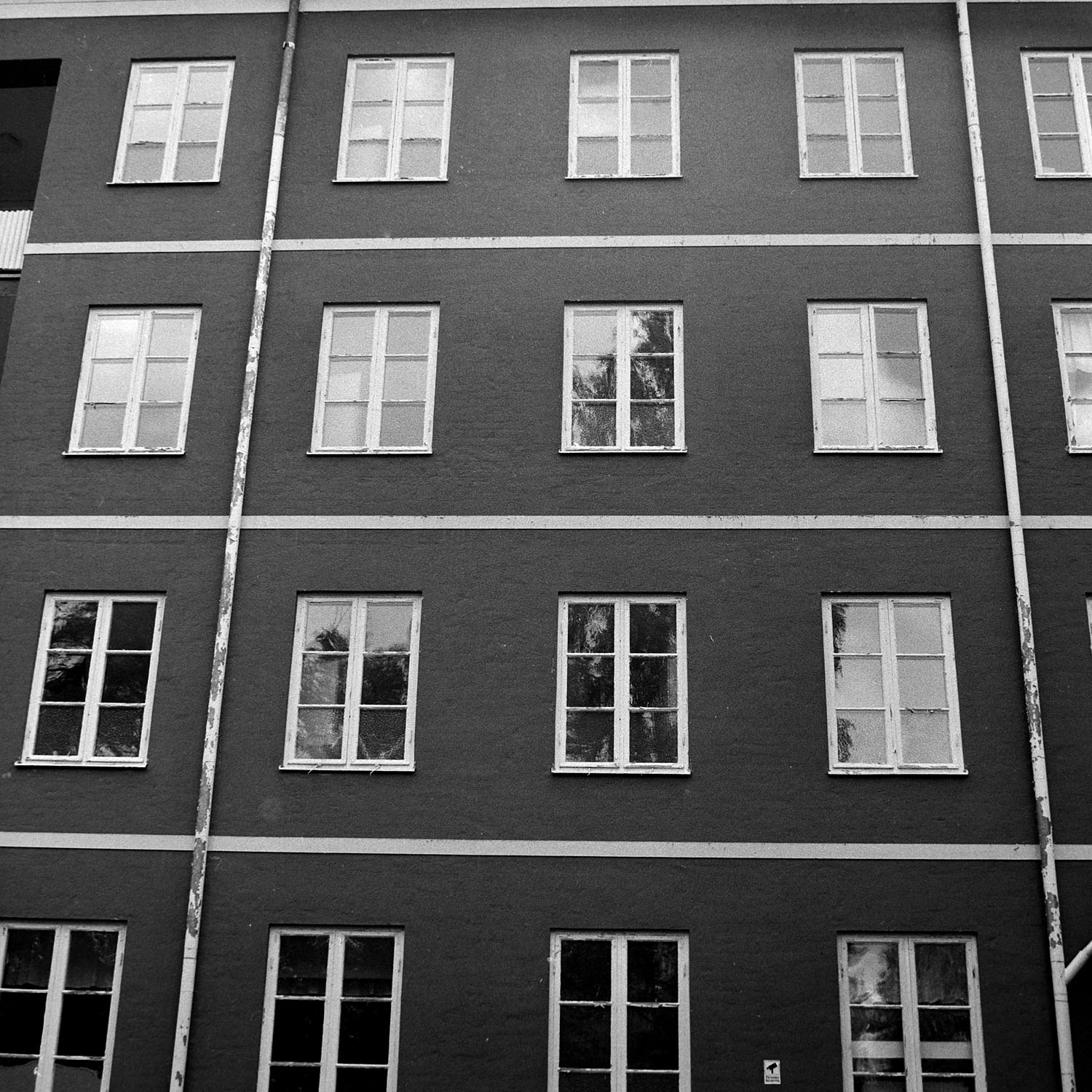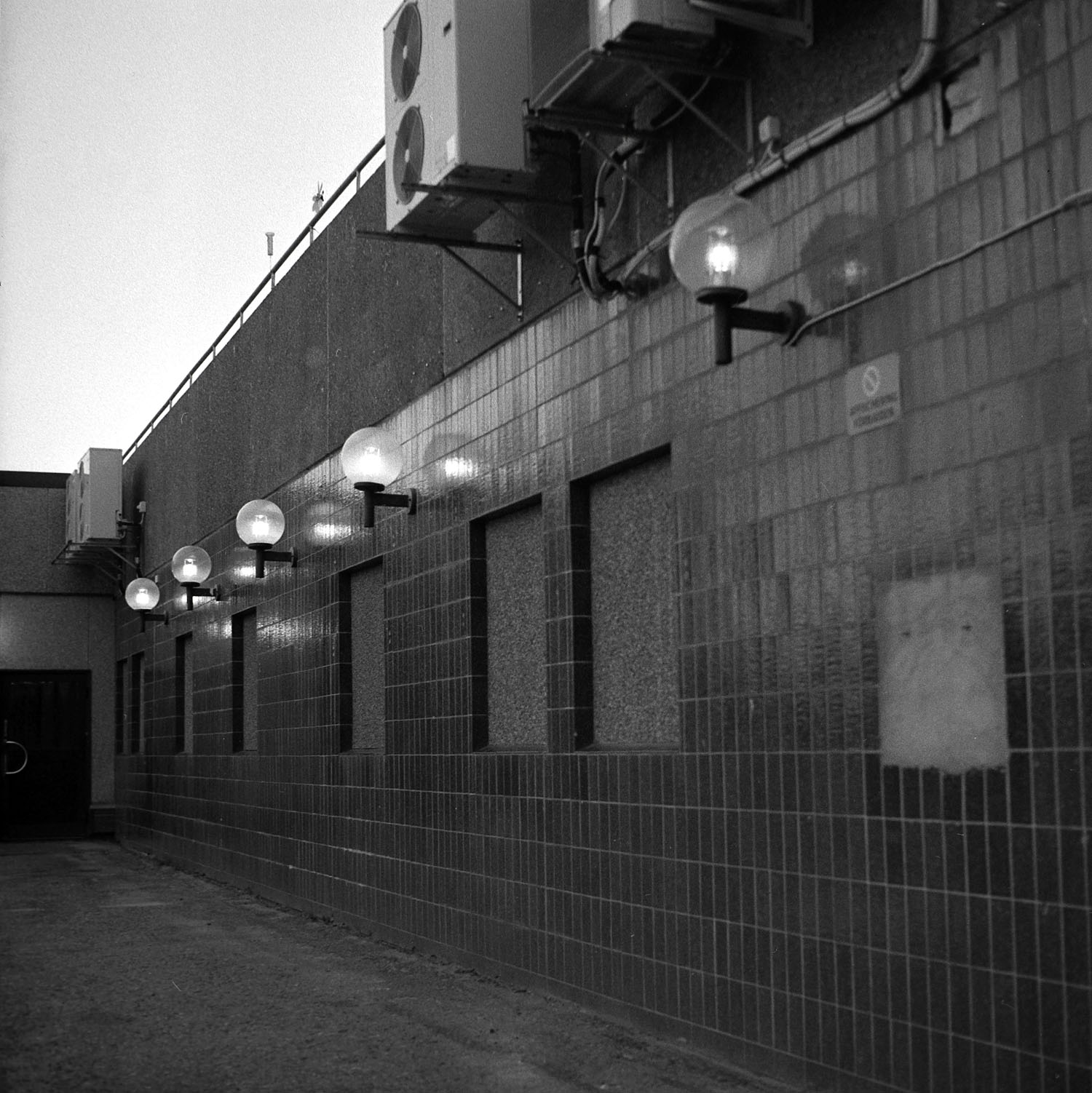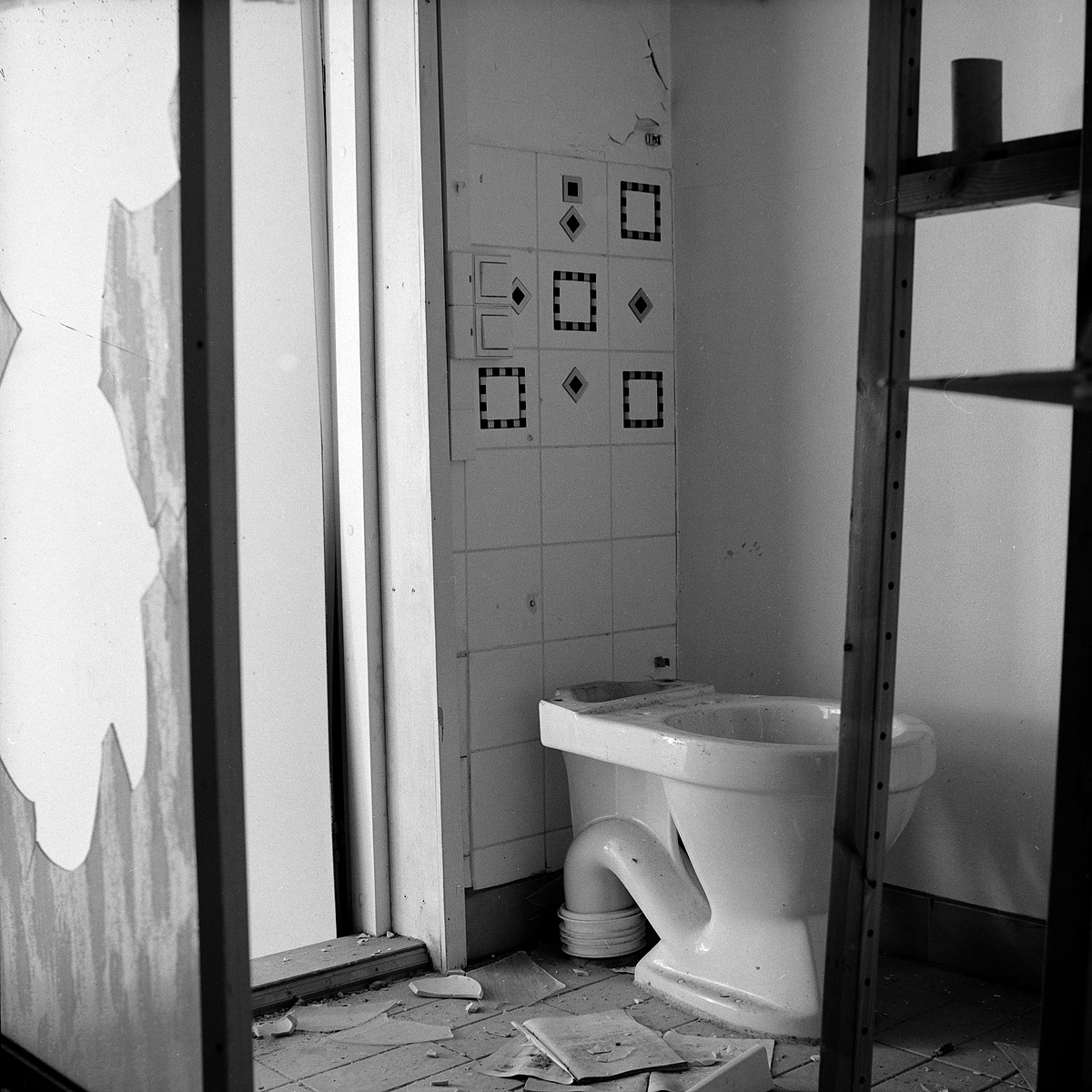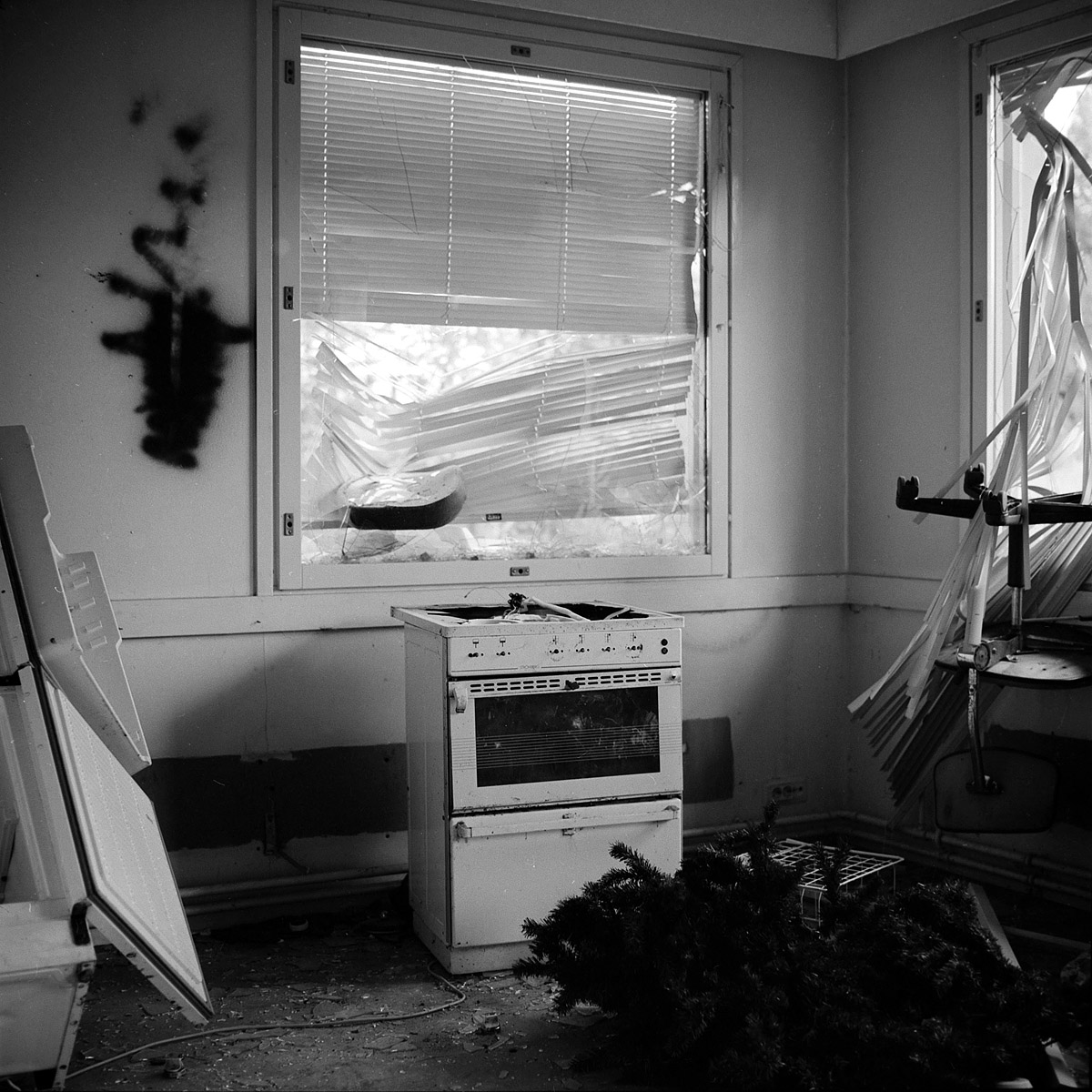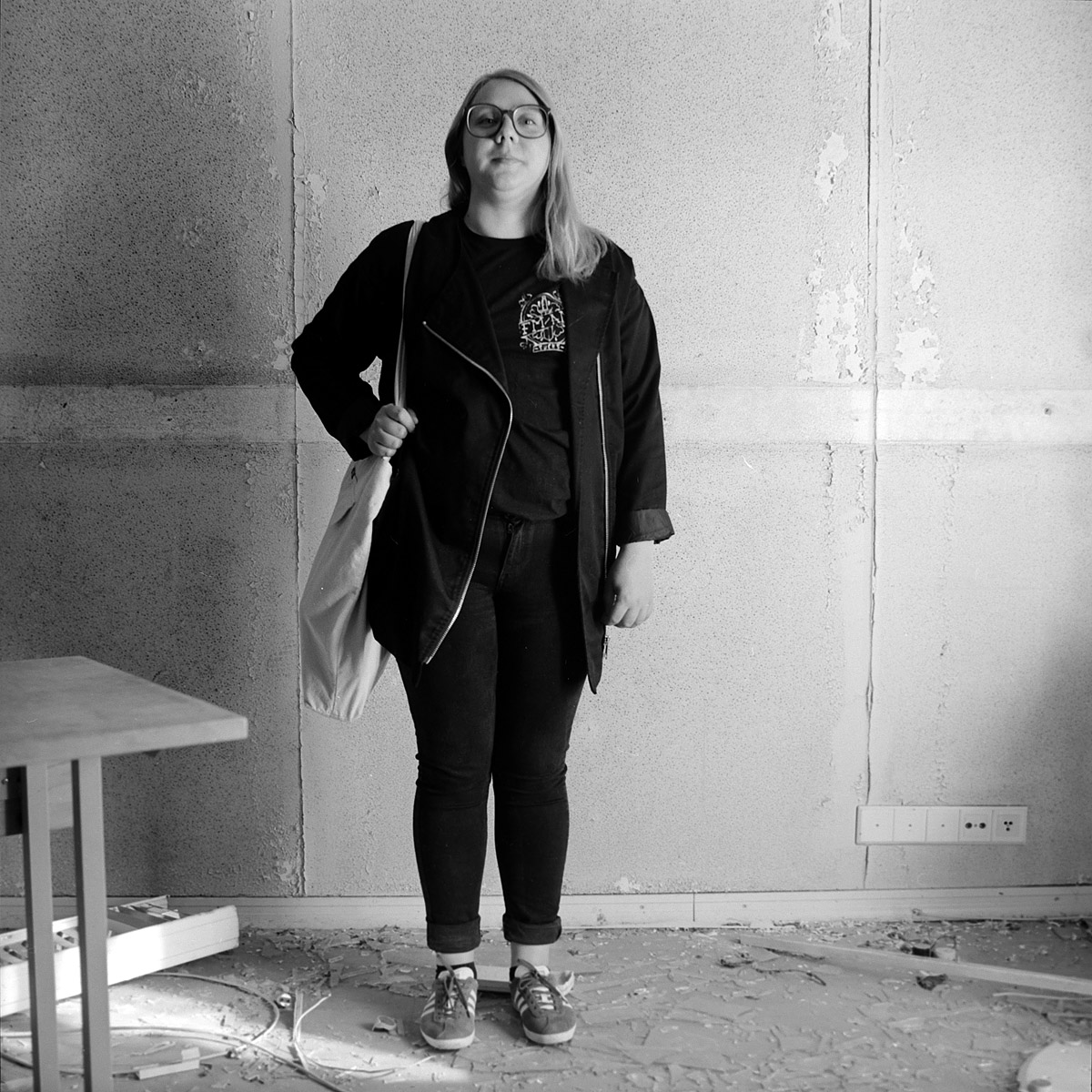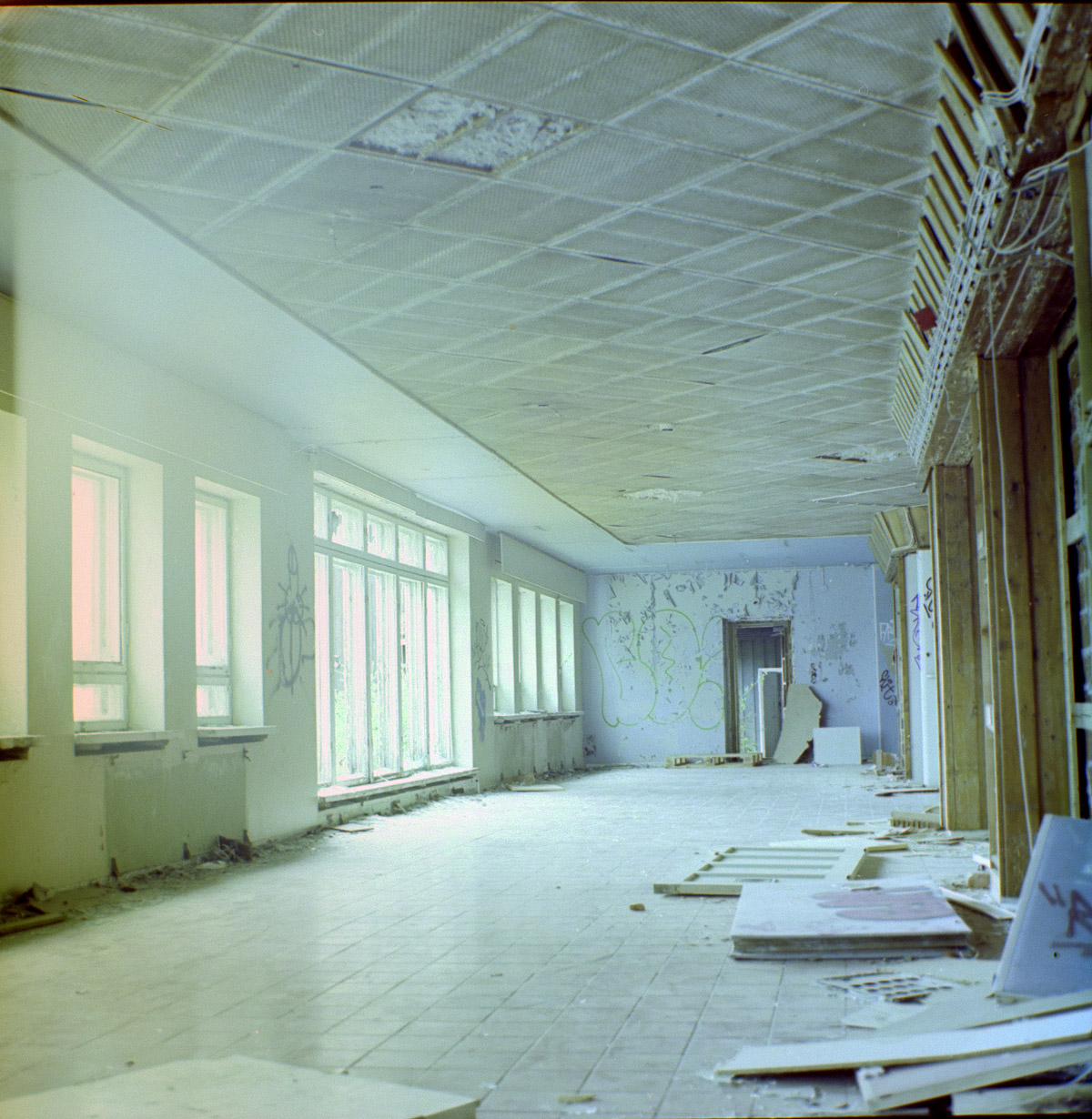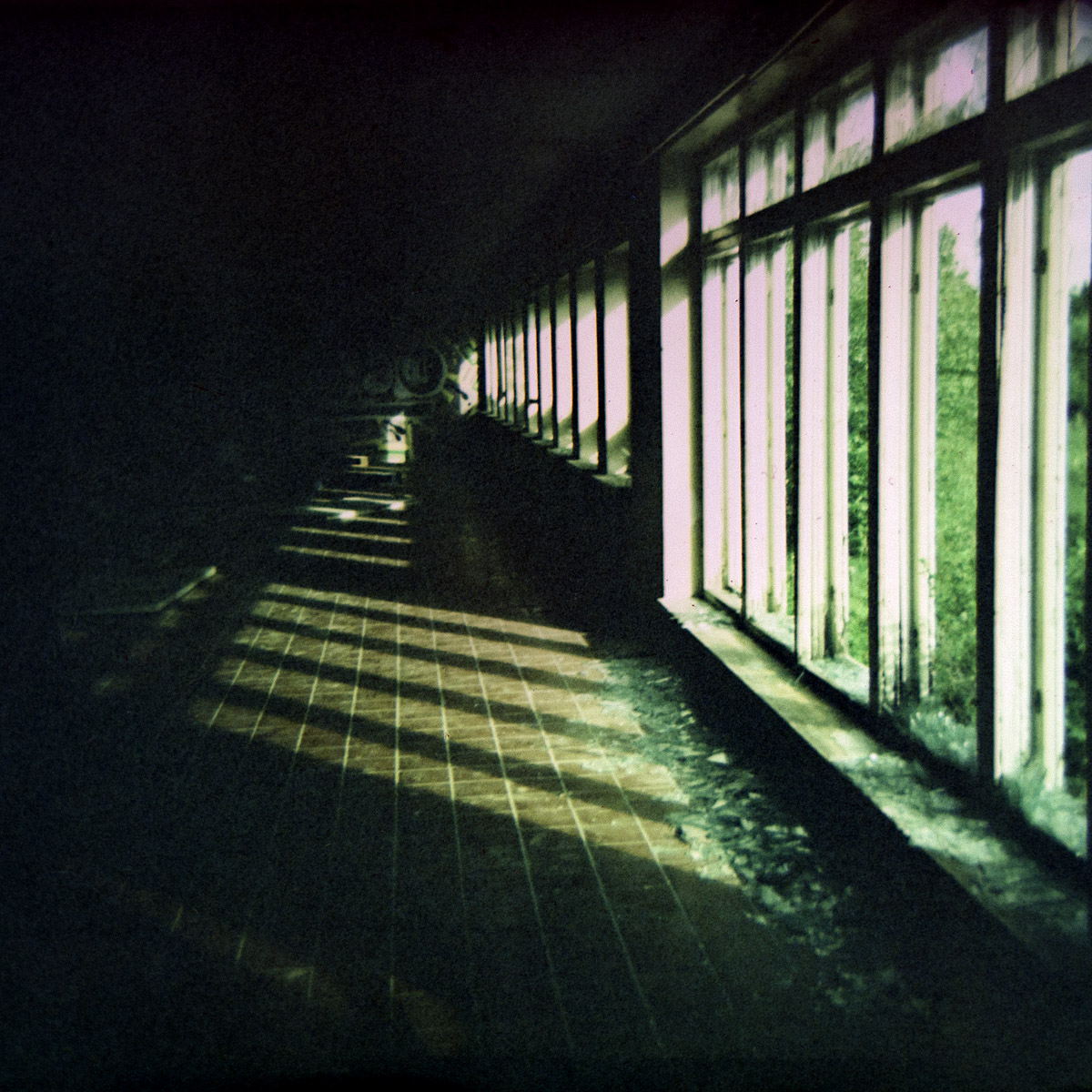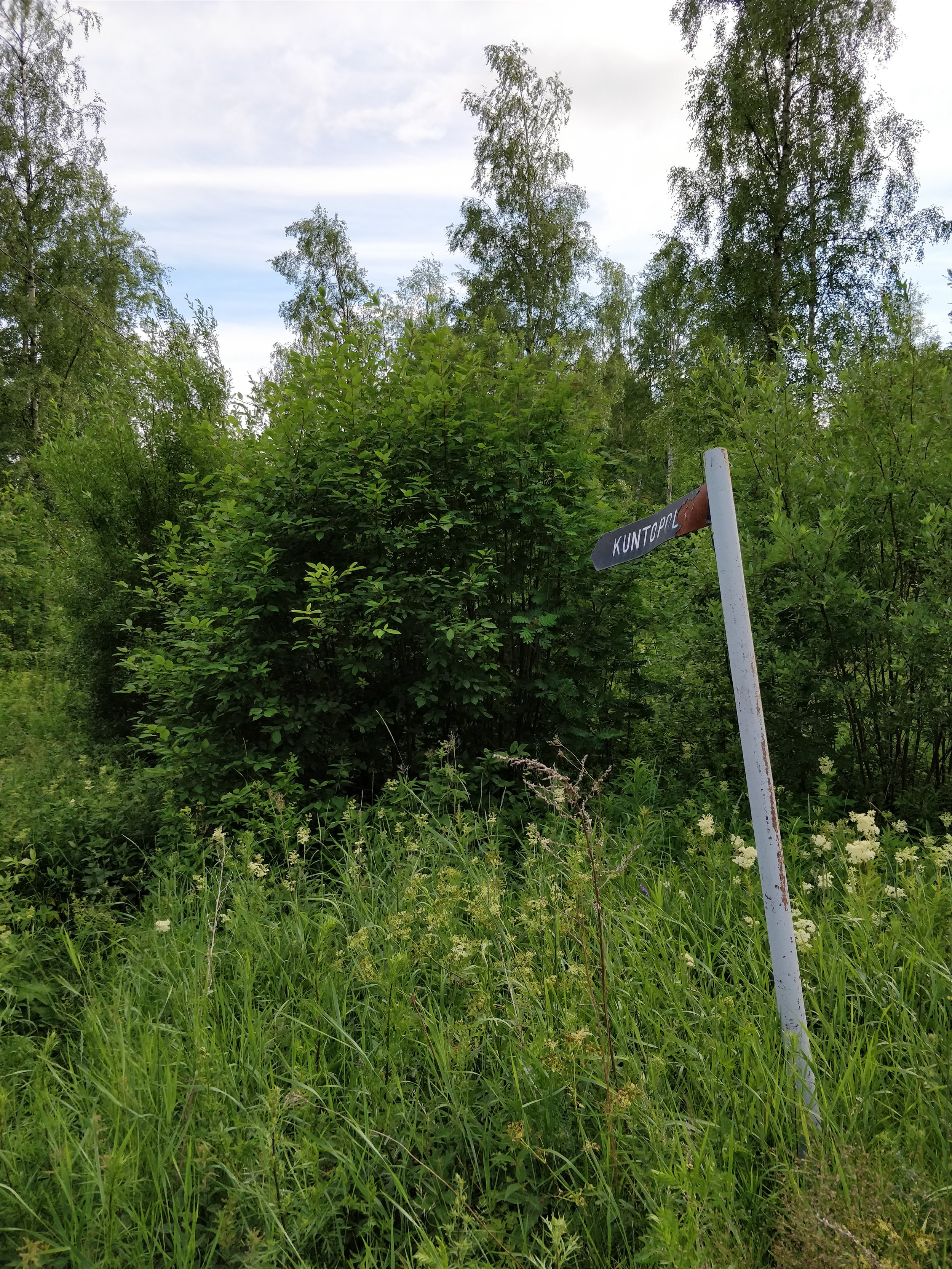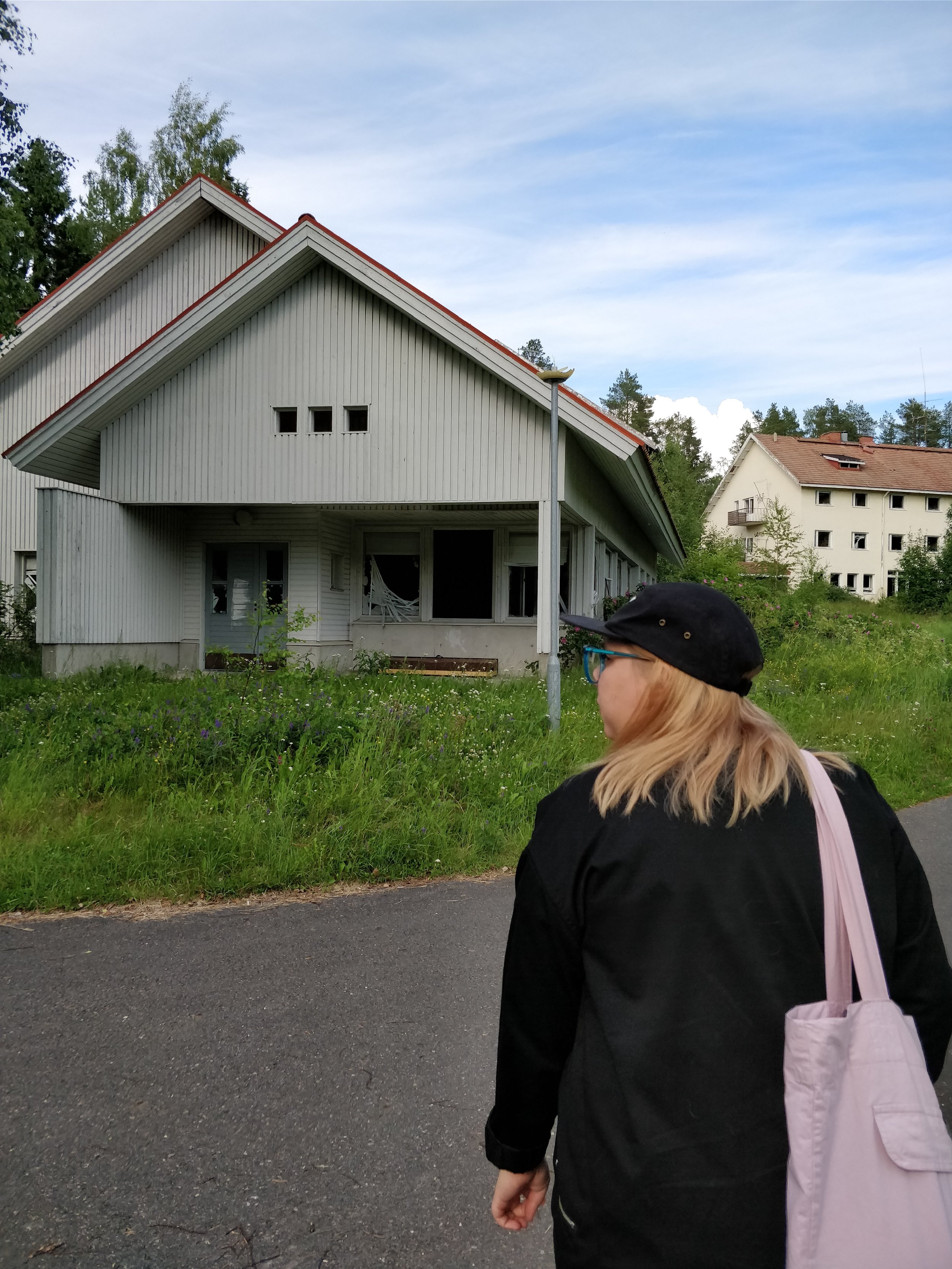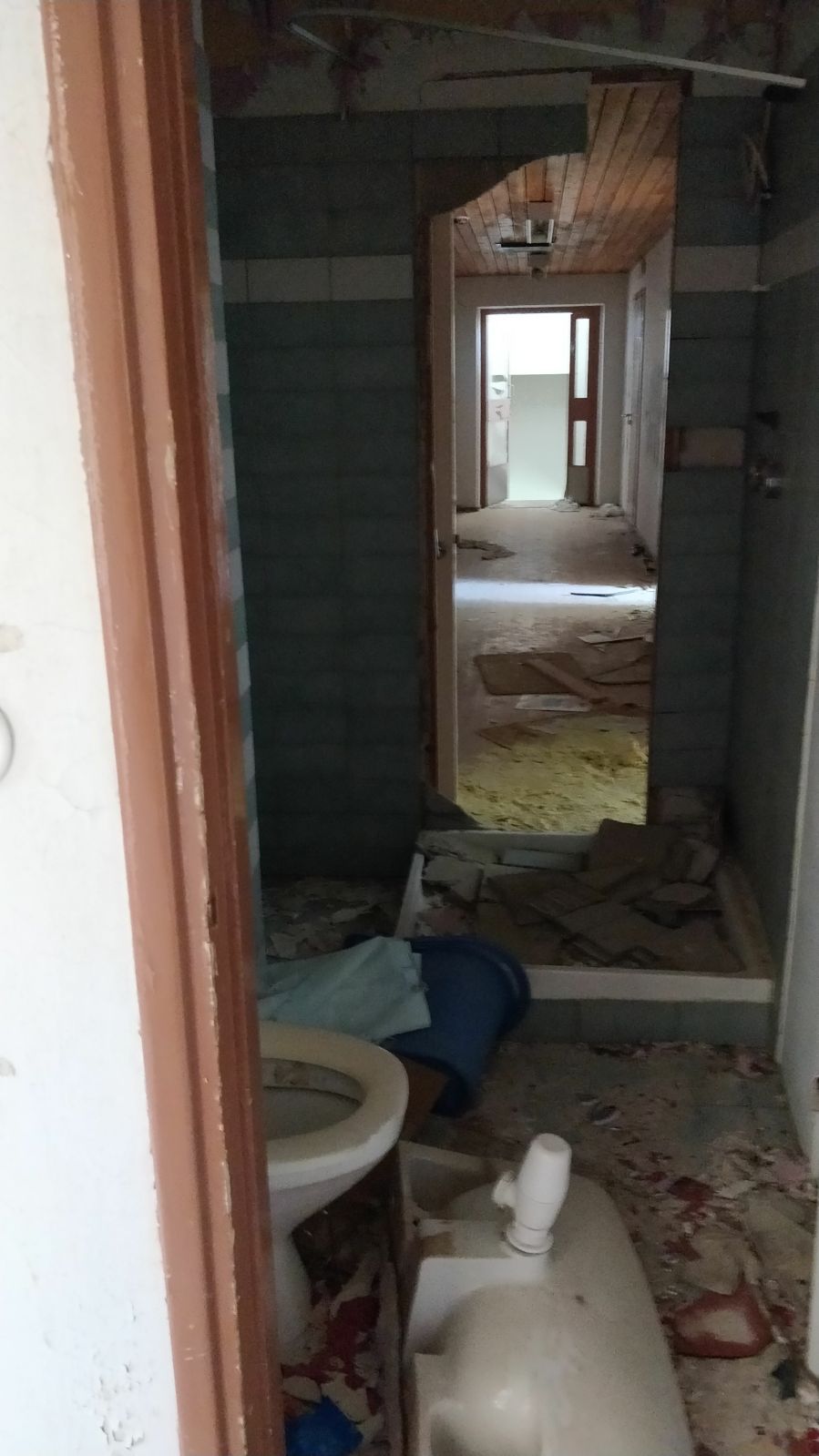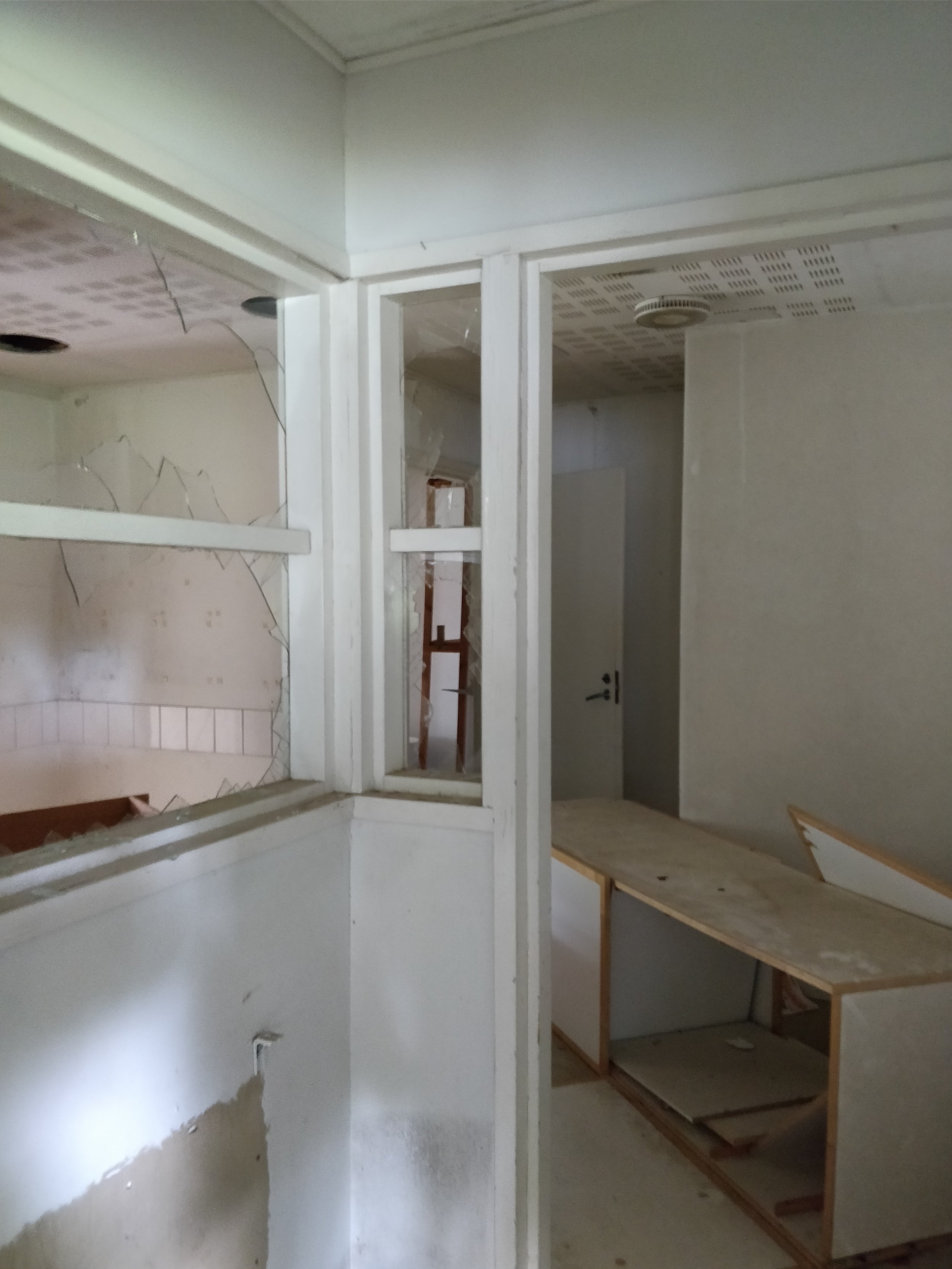Funny stuff this Tasma. It comes in these tiny packages and the film is wrapped in black paper, but it does not come with a cartridge. You need to have your own to load the film is, since it's literally just a roll of film with around 36 exposures.
Had those since before so not a problem there.
My previous experiments with old expired soviet films were with Rodinal, this time I decided to try out the number one developer for expired films according to internet wisdom, HC110. Dilution B (1+31) at 20C for 7 minutes. I'd say this was a pretty good ballpark development time.
Apparently HC110 contains benzotriazole which is the most used anti-fogging agent, which makes it a good candidate for fogged films. You do loose a little bit of speed however with HC110 but I've already lost several stops worth of speed with these rolls due to age.
I shot the roll at around ISO12, ISO16 would be two stops so 12 is -2.33EV.. and 1992 was 25 years ago so that felt like a reasonable amount. It was barely enough though, and the shots would have benefited from a tad more light. But even at ISO12, shooting handheld starts to become really problematic. Unless you have a bright sunny day, it's basically impossible.
The camera I used was again my trusty Canonet QL19. My Pentax cameras hate this super curly stiff stuff that the soviets produced. The Canonet seems to have a different type of winding mechanism that kind of likes it that the film wants to curl up tightly on the take up spool.
Anyhow, here are some pictures!





























